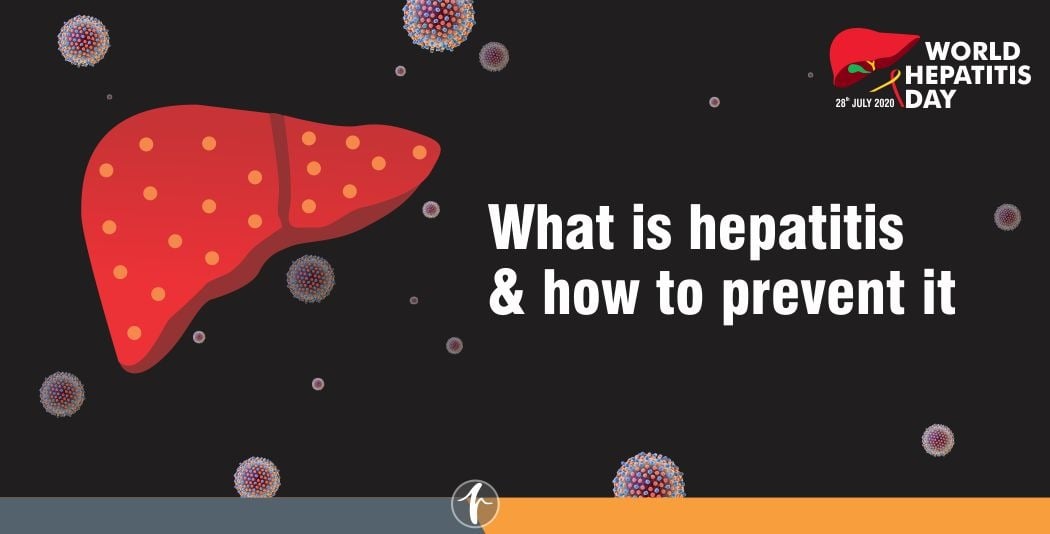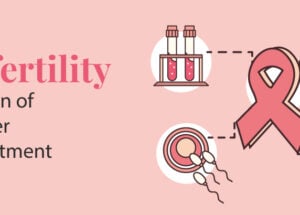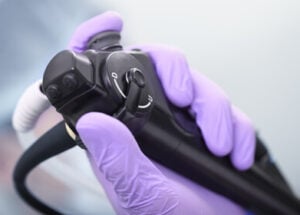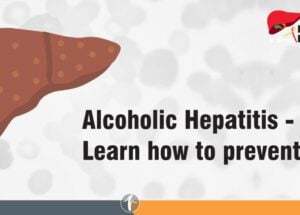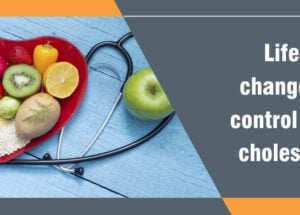What is a Lipid Profile Test?
March 16, 2025
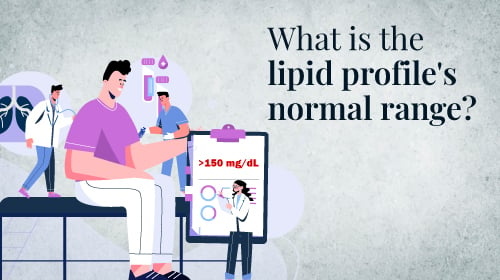
A lipid panel test counts the number of specific fat molecules, or lipids, in your blood. Regular monitoring is suggested. The panel typically includes four different cholesterol measurements and a triglyceride test.
Triglycerides and cholesterol are lipids or fats. These fats are crucial for cell function, but can be dangerous when they accumulate in the blood. Atherosclerosis, a disorder marked by clogged, inflamed arteries, can occasionally result from them. If the arteries in your heart muscle are impacted, this could prevent your heart from functioning normally.
Types
A lipid panel measures different types of lipids in your blood to assess heart health and the risk of cardiovascular diseases. It typically includes the following tests:
- Total Cholesterol – This test determines the total cholesterol levels in your blood, including LDL, HDL, and VLDL. Maintaining a balanced cholesterol level is essential for preventing heart-related conditions.
- Low-Density Lipoprotein (LDL) Cholesterol – LDL, often called “bad cholesterol,” can build up in blood vessels, forming plaque and raising the risk of heart disease and stroke.
- High-Density Lipoprotein (HDL) Cholesterol – HDL, often called “good cholesterol,” helps remove excess LDL cholesterol by transporting it to the liver, lowering the risk of artery blockage.
- Very Low-Density Lipoprotein (VLDL) Cholesterol – VLDL plays a role in transporting triglycerides from the liver to different cells in the body. Elevated levels of VLDL in fasting blood samples may indicate abnormal lipid metabolism.
- Triglycerides – These fats serve as a major energy source for the body. However, high levels of triglycerides in the blood are linked to heart disease and inflammation of the pancreas.
By evaluating these lipid levels, healthcare providers can assess heart health and recommend lifestyle changes or medications to manage cholesterol effectively.
For Whom is a Lipid Profile Test Recommended?
A lipid profile test is recommended for anyone with a family history of heart disease or stroke. If your doctor determines that you are at risk for heart disease, you might also undergo this test. These are danger signs:
- Elevated blood pressure
- Diabetes or pre-diabetes
- Obesity or excessive weight
- Smoking
- Inadequate exercise
- Unhealthy food intake
- Stress
- Elevated total cholesterol
Some of the other tests that might have to be taken along with this one include:
- Your heart’s electrical impulses are tested during an electrocardiogram, or ECG, to see whether they are beating normally.
- Exercise may be required during a stress test while your ECG is monitored.
- Using sound waves, an echocardiogram can visualize your heart.
- Catheterisation of the heart. A medical professional inserts a tube into your blood vessels and injects dye to do this test. Then, X-rays are taken to check for obstructions in the heart’s arteries.
Additionally, your doctor can request tests for diabetes, high blood pressure, or glucose.
The testing process could impact the test results, including age, gender, medical history, and other variables. On the other hand, your test findings might not indicate a problem with you. Find out what your test findings mean for you by asking your healthcare provider.
Results are presented in mg/dL or milligrams per deciliter. The following are the ranges for adults’ total cholesterol:
- Less than 200 mg/dL is normal.
- High-risk range: 200 to 239 mg/dL
- High: 240 mg/dL or more
The LDL cholesterol ranges for adults are as follows:
- Under 100 mg/dL is ideal. (This is the goal for people with diabetes or heart disease.)
- About ideal: 100 to 129 mg/dL
- High-risk range: 130 to 159 mg/dL
- Excellent: 160 to 189 mg/dL
- Extremely high: 190 mg/dL or more
Since specific targets depend on how many heart disease risk factors you have, the numbers above should only be used as general guides.
You should have an HDL cholesterol level of at least 40 mg/dL. This fat reduces your risk of heart disease; you are protected against heart disease at 60 mg/dL or higher.
An increased risk of heart disease is associated with high triglyceride levels. The adult ranges are as follows:
- Less than 150 mg/dL is normal.
- High-risk range: 150 to 199 mg/dL
- Exceptional: 200 to 499 mg/dL
- High: greater than 500 mg/dL
Based on your test findings, your healthcare professional will determine whether you need medication or lifestyle adjustments to lower your cholesterol.
Your age and health will affect your performance and goals. For example, you run an increased risk of developing heart disease if you have high blood pressure or diabetes. You might need to take medication to reduce your triglyceride and cholesterol levels further.
Who Performs a Lipid Profile Test?
Blood draws, including those for a lipid panel, are often carried out by a healthcare professional known as a phlebotomist. However, any healthcare professional who has received training in blood drawing can carry out this task. The provider subsequently delivers the samples to a lab, where a medical laboratory scientist prepares them and does the necessary tests on analyzers.
Is Fasting Required for a Lipid Profile Test?
Before a lipid panel blood test, you must go 10 to 12 hours without eating or drinking. The only liquid consumed during a fast is water. However, receiving a lipid panel test without fasting is occasionally feasible.
Lipid profile tests are usually conducted in a fasting state to reduce the influence of recent food intake on blood lipid levels, ensuring more precise and dependable results for evaluating cardiovascular risk.
In any event, you must inquire with your doctor whether you are required to fast before the test. Always abide by the advice given to you by your provider. Please inform your provider if you mistakenly eat something after being ordered too fast because doing so will make the test less accurate.
Risk Factors in the Test
A blood test involving a needle entails various dangers. These include bruising, bleeding, infections, and dizziness. In addition, you could feel a slight sting or pain when the needle prickles your arm or hand. After that, there can be pain in the area.
The Aftermath of the Test
Your outcomes may be impacted by being ill or under stress, and using particular medications. Your lipid profile can also be affected by what you eat, how frequently you exercise, and whether you smoke.
How do you Control Abnormal Lipids?
- Reduce your consumption of saturated and trans fats.
- Monounsaturated and polyunsaturated fat consumption should be increased.
- Take daily doses of soluble fibre.
- Limit your intake of intense sugars.
- Reduce your alcohol intake.
- Increase your level of exercise to lose weight.
Frequently Asked Questions
1. Why should one get a lipid profile test?
The fatty compounds that circulate in the blood and are deposited in tissues are known as lipids. They originate from the meals you eat and how your body produces them.
They serve as a source of energy for the body. While lipids are necessary for the body to operate normally, lipid abnormalities, including excessive cholesterol, high LDL, and low HDL, can result in life-threatening illnesses, such as heart attacks, strokes, coronary artery disease, etc. Unfortunately, none of these anomalies shows any symptoms or early warning indications. Therefore, routine lipid profile examinations are emphasized for everyone, particularly for a high-risk group.



